I joined Sound House this past April and more than half a year has quickly passed. There is one thing that I have noticed in my daily exposure to Playtech instruments.
Here are two Playtech trumpets with silver plated finish.
They look exactly alike at a glance, don't they?
Oh, the tube material is different. I wondered if one of them was made of gold brass or something else, so I made a comparison chart of both of them..
| PTTR200S | PTTR300S | |
|---|---|---|
| Tube Material | Yellow Brass | Yellow Brass |
| Mouthpipe and Bell Material | Rose Brass | Rose Brass |
| Finish | Silver Plated | Silver Plated |
| Bore Size | 11.65mm | 11.66mm |
| Bell Diameter | 123mm | 123mm |
| Movable Finger Hook | 〇 | × |
| Reversed-Phase Trigger Stopper | 〇 | × |
| Number of Pillars | 1 | 2 |
| Split Type 3rd Lead Pipe | × | 〇 |
| 3rd Lead Pipe Water Key | 〇 | × |
Almost the same!
The materials used for the pipes are exactly the same, including the mouthpipe and bell.
However, when I compare them, there is a surprising difference in tone and touch.
I wondered if there was any way to explain the subtle differences between the two models, so I compared them in more detail and explored the secrets behind the differences in tone quality.
Overall Balance of The Trumpet
If you look again at the comparison chart mentioned earlier, you will see that the specifications are slightly different.
| PTTR200S | PTTR300S | |
|---|---|---|
| Movable Finger Hook | 〇 | × |
| Reversed-Phase Trigger Stopper | 〇 | × |
| Split Type 3rd Lead Pipe | × | 〇 |
| 3rd Lead Pipe Water Key | 〇 | × |
The main difference is in the construction around the trigger.
It’s not that the trigger doesn’t have a finger rest, and the stopper isn’t the reverse-phase type of the 300S, but I was looking at the trigger...
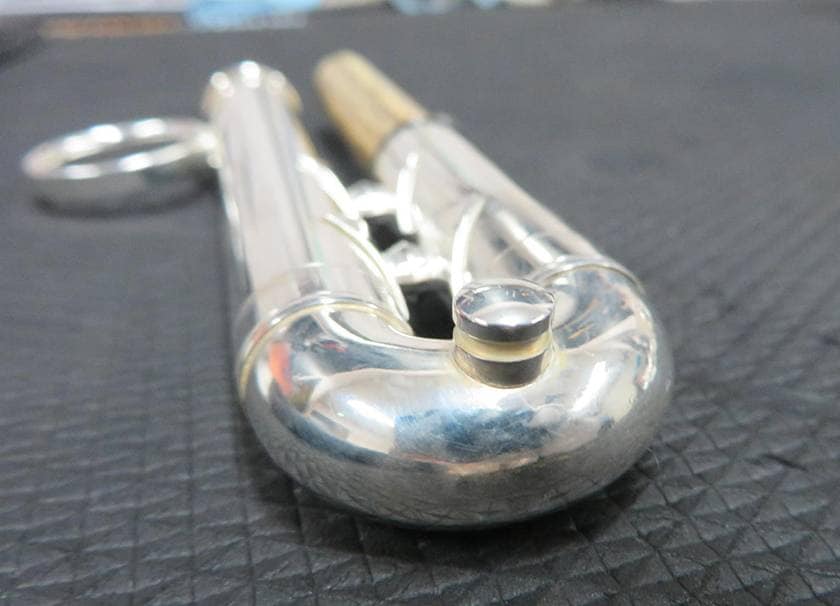
I found a mysterious protuberance. Looking at it closely, I found that the 300S has it on all the No. 1, 2, and 3 lead pipes, but the 200S has it only on the No. 2 lead pipe.
This protuberance is called kanime in Japanese. (Probably because it looks like a crab's eye. “Kani-” means “crab” and “-me” means “eyes” in Japanese.)
The kanime has the advantage of making it easier to pull out the lead pipe, but more than that, this little protuberance has a very important role.
It’s responsible for balancing the entire instrument!
If the balance is off, for example, the following will happen.
- The sound won’t hit the target key.
- The pitch won’t match.
- Become out of tune.
- The sound will not resonate.
etc. It is such a big deal to exaggerate.
Of course, the tone and blowing feel will vary depending on the materials used for the tube and finish.
However, the balance of the instrument as a whole is surprisingly important in order to further adjust them and make the instrument sound better and easier to play. And, it’s not only the kanime that maintains this balance. Various parts, such as the water key, the pillar, and the bottom cap, which all affect the instrument’s balance.
This is a little off topic, but if you compare the PTTR200S and the 300S again, you will see that there are slight differences in the number and shape of the kanime, bottom cap and mouth pipe shape, among other details.
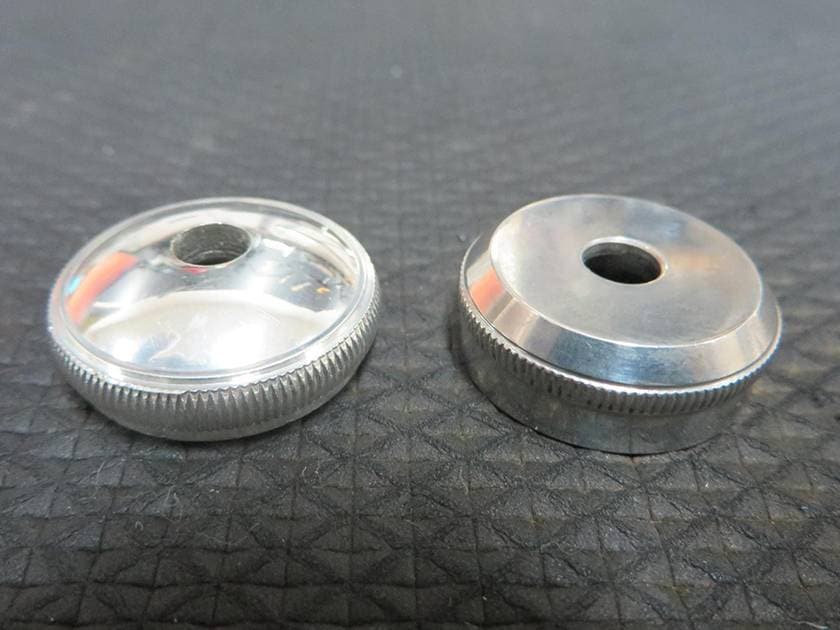
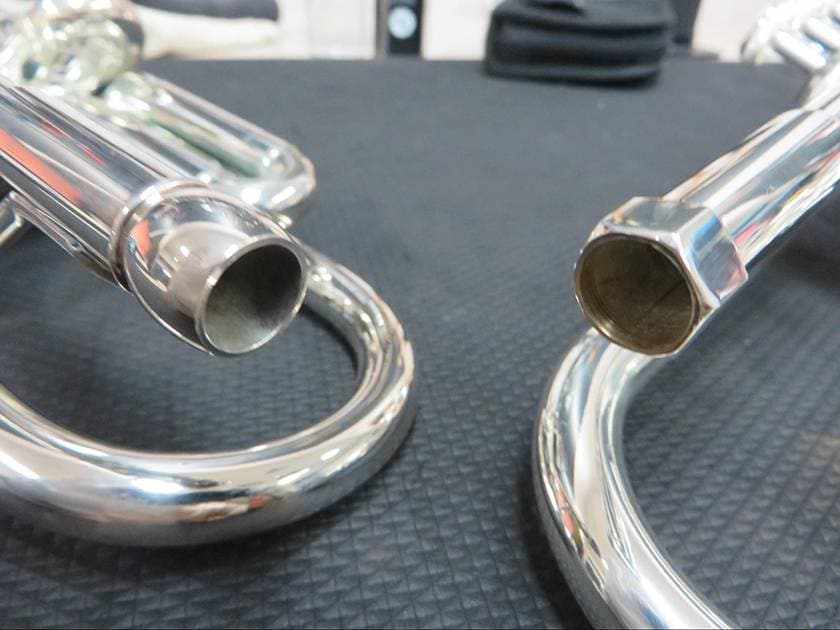
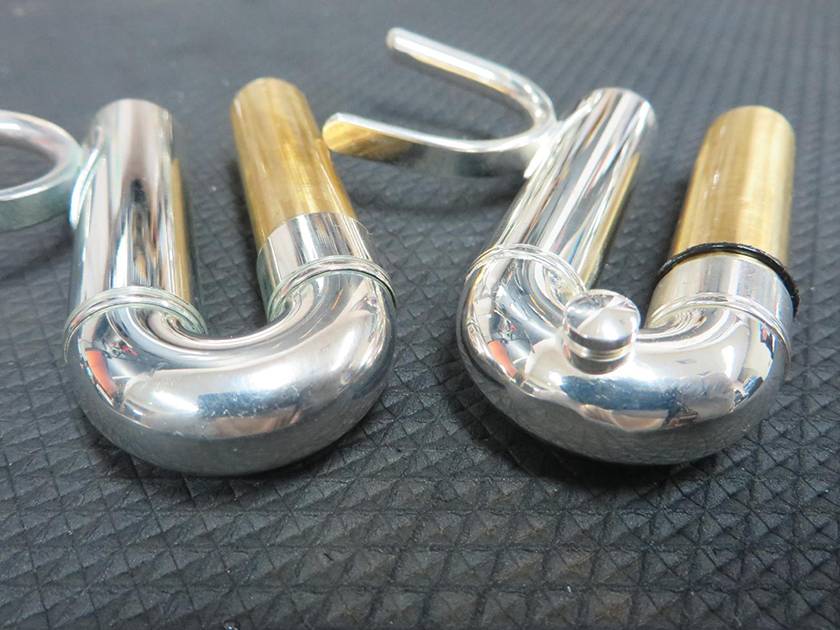
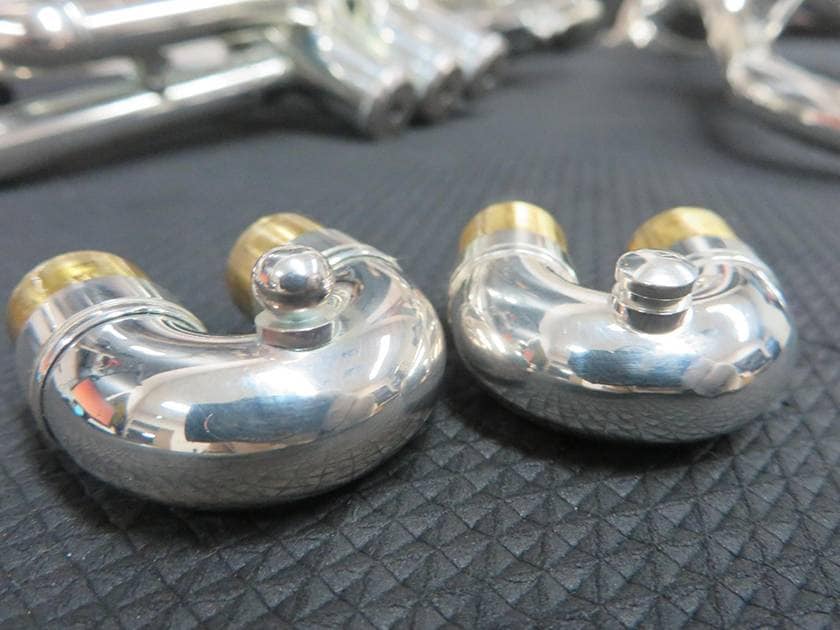
Each of these very small differences in construction made a difference in tone and touch.
I actually played it and compared the results.
- PTTR200S
- The tone is bright and has a gorgeous sound that is representative of trumpets. The resistance is less than that of the 300S and the sound seems to go straight and far away. I thought it might be suitable for pops and solos.
- PTTR300S
- It has a trumpet-like character, but it’s warmer than the 200S. It has a moderately resistant touch and it gives the impression of blending in easily with its surroundings. I think it will fit comfortably in large ensembles such as brass bands.
If I were asked, “Which would you recommend, the PTTR200S or the 300S?” I think it honestly comes down to preference. Either way, Playtech wind instruments boast a high quality that is hard to imagine for the price. You can actually compare the two at our showroom in Narita, so if you are interested, please come visit us!





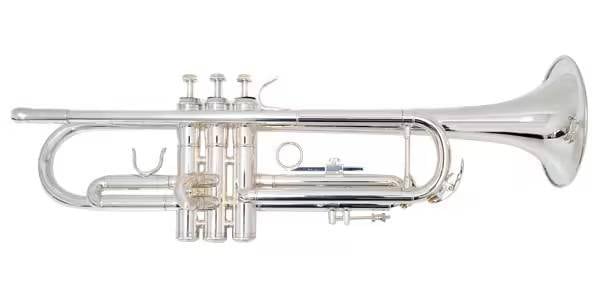
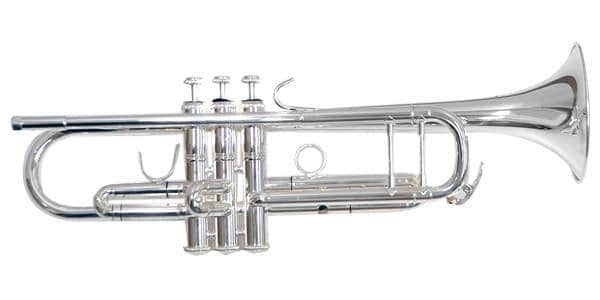

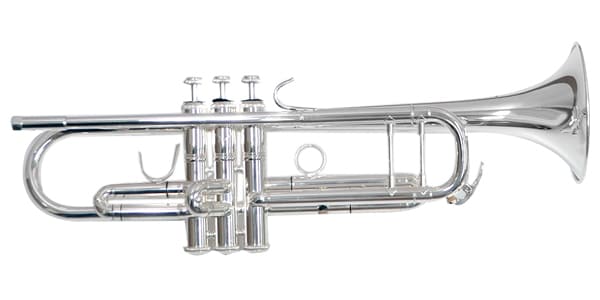
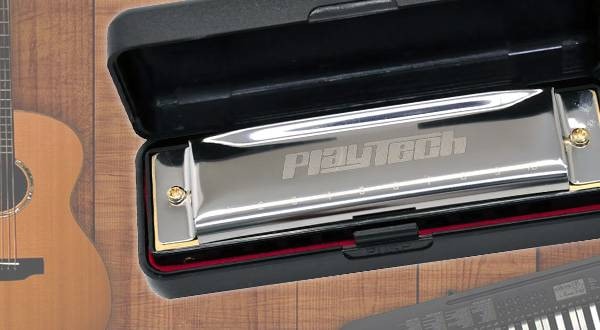
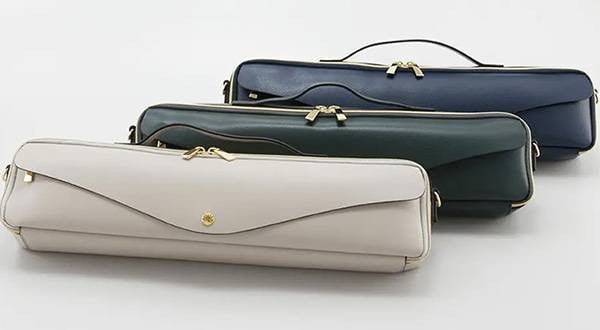
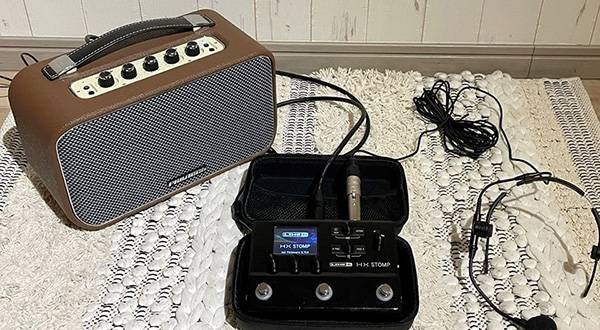


![[2025] Top 5 Recommended Trumpet Stands](/contents/uploads/thumbs/2/2022/6/20220627_2_18360_1.jpg)
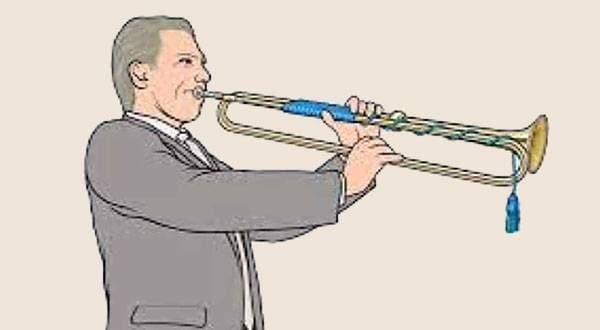
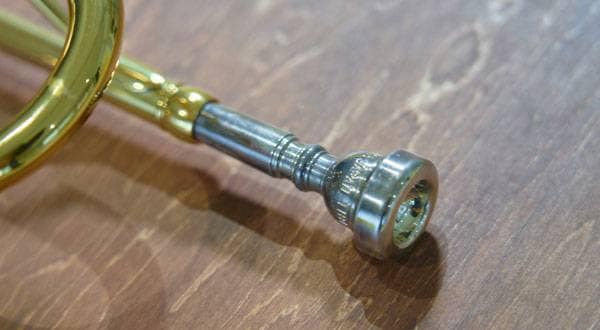
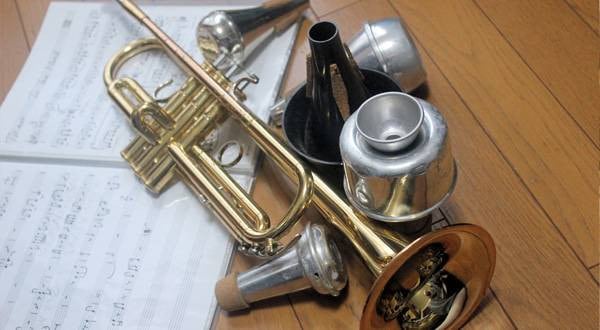
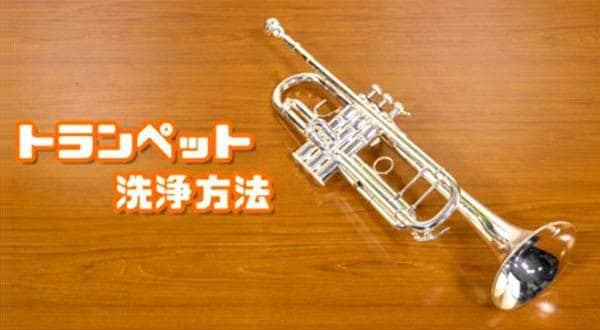
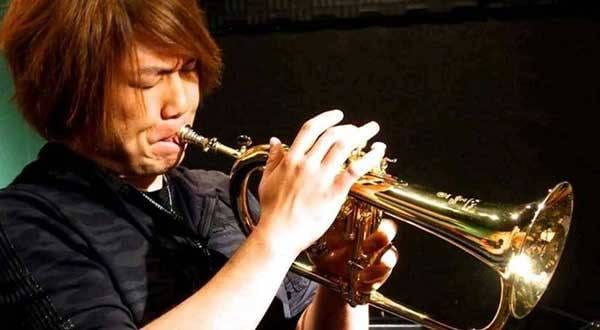
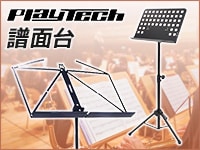 PLAYTECH 譜面台
PLAYTECH 譜面台
 プラスチック管楽器特集
プラスチック管楽器特集
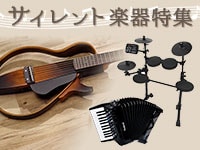 おすすめサイレント楽器特集
おすすめサイレント楽器特集
 デジタル管楽器とは
デジタル管楽器とは
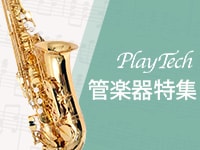 PLAYTECH 管楽器特集
PLAYTECH 管楽器特集
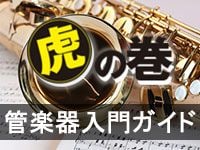 サウンドハウス虎の巻 管楽器入門ガイド
サウンドハウス虎の巻 管楽器入門ガイド















